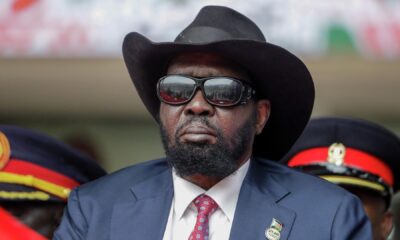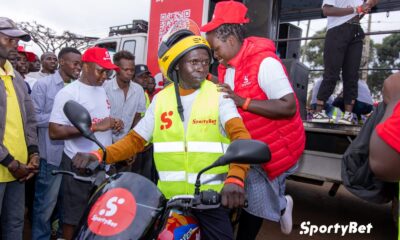The terminal seemed nearly deserted, he writes, but “then, out of nowhere, from every direction, came people. White people. Men, women and children. Dozens of them. Hundreds of them. Out of alleys, out of side streets, around the corners of office buildings, they emerged from everywhere, from all directions, all at once, as if they’d been let out of a gate . … They carried every makeshift weapon imaginable. Baseball bats, wooden boards, bricks, chains, tire irons, pipes, even garden tools — hoes and rakes. One group had women in front, their faces twisted in anger, screaming, ‘Git them niggers, GIT them niggers!’ … And now they turned to us, this sea of people, more than three hundred of them, shouting and screaming, men swinging fists and weapons, women swinging heavy purses, little children clawing with their fingernails at the faces of anyone they could reach.”
Mr. Lewis’s fellow Freedom Riders tried in vain to escape the mob by scaling trees and terminal walls. “It was madness. It was unbelievable,” Mr. Lewis recalled “… I could see Jim Zwerg now, being horribly beaten. Someone picked up his suitcase, which he had dropped, and swung it full force against his head. Another man then lifted Jim’s head and held it between his knees while others, including women and children, hit and scratched at Jim’s face. His eyes were shut. He was unconscious …. At that instant I felt a thud against my head. I could feel my knees collapse and then nothing. Everything turned white for an instant, then black.”
“Burn Jim Crow to the Ground”
Mr. Lewis clashed again with the elder statesmen of the movement when they prevailed on him to tone down a speech he was about to give at the March on Washington in 1963. Thrown out were the harshest criticisms of the John F. Kennedy administration’s civil rights bill as well as a fiery passage threatening that the movement would “march through the South, through the heart of Dixie, the way Sherman did. We shall pursue our own scorched earth policy and burn Jim Crow to the ground — nonviolently.”
Yet even the softened speech was radical for the context. At a time when civil rights leaders were commonly referring to African-Americans as Negroes, the Lewis speech used the term Black: “In the Delta of Mississippi, in Southwest Georgia, in the Black Belt of Alabama, in Harlem, in Chicago, Detroit, Philadelphia and all over this nation the Black masses are on a march for jobs and freedom.”
To the dismay of many, the 23-year-old Mr. Lewis described the movement as “a revolution,” appealing to all who listened “to get into this great revolution that is sweeping this nation. Get in and stay in the streets of every city, every village and hamlet of this nation until true freedom comes, until a revolution is complete. We must get in this revolution and complete the revolution.”
Mr. Lewis carried his faith in the power of nonviolence into the fateful Selma, Ala., voting rights demonstration — in March of 1965 — that was soon named Bloody Sunday to commemorate the vicious attack that state troopers waged on peaceful marchers. Mr. Lewis suffered a fractured skull and was one 58 people treated for injuries at a hospital.
The worldwide demonstrations that followed the brutal police killing of George Floyd underscored the extent to which many people need visual evidence to grow outraged over injustice that is perpetrated all the time outside the camera’s eye.

 General News2 days ago
General News2 days ago
 Business News1 week ago
Business News1 week ago
 Entertainment6 days ago
Entertainment6 days ago
 General News2 days ago
General News2 days ago





